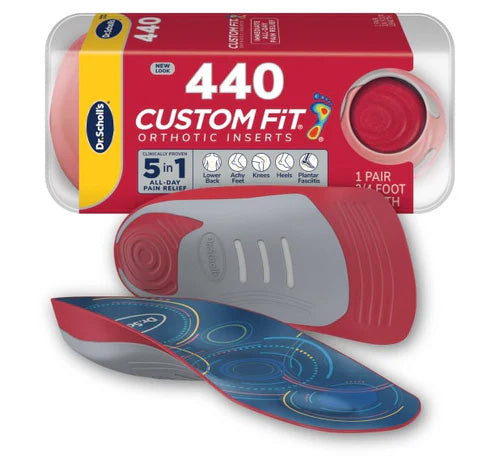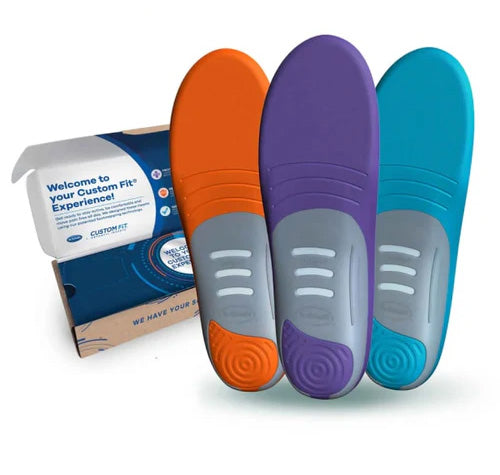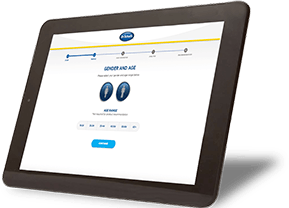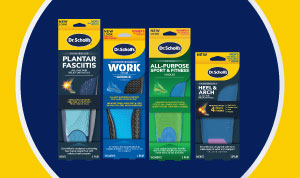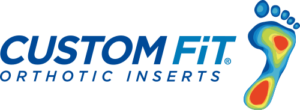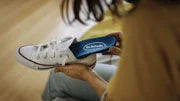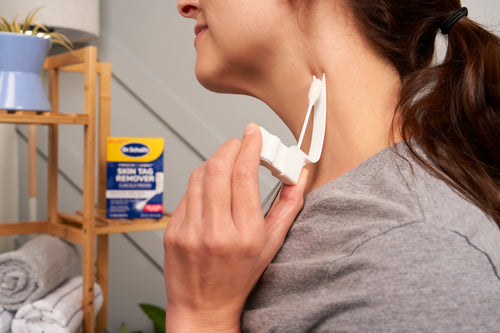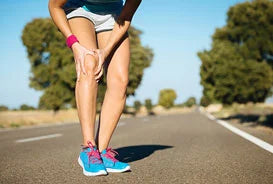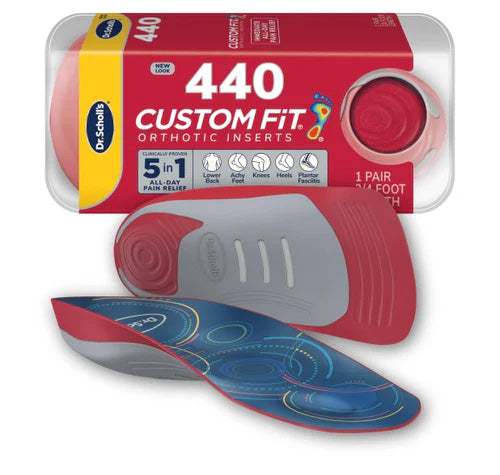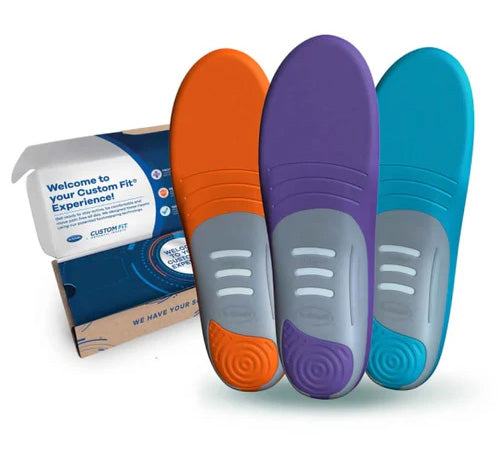Selecting the right shoes can be a challenge. Shopping for shoes often creates a battle between fashion and comfort. Even practical shoes and high-performance athletic shoes can cause unexpected trouble. Shoe-related discomfort should be taken seriously because if left unchecked, an issue that may seem like a mild nuisance can turn into bigger problems down the road.
Many women love the look of high heels but these types of shoes come with potential consequences. High heels put pressure on the ball of the foot, which can lead to pain. They also shift your weight forward, forcing your toes into a tight space. High heels can contribute to a number of issues:
Hammertoes — When repeatedly crammed into a tight space, the toes can develop a bend in the middle of the toe joint, making them look crooked. This is called hammertoe.
Corns — Typically found on the tops and sides of the toes, corns are small, hard bumps formed by layers of dead skin.
Ingrown toenails — When a toenail grows into the skin or skin grows over the sides of a toenail, an ingrown toenail can occur.
Bunions — When the joint at the base of the big toe becomes misaligned, the tip of the toe is pulled towards the second toe, causing the bone at the toe base to jut out. The jutting bone forms a bump called a bunion.
Calluses — Typically located on the sole of the foot, calluses are layers of thickened skin that usually cover a significant area.
Blisters — Most often caused by friction, blisters are fluid-filled pockets that develop between skin layers.
Even if you’re not wearing heels, if your shoes are too tight, your feet can suffer from friction, which can lead to corns, calluses and blisters. Tight shoes can also aggravate bunions.
You may also experience issues if your shoes are too loose and slide around. If your shoes rub on the back of the heel or against the ankles, you can get sores and blisters.
Shoes that lack proper cushioning and support can lead to heel pain along with tired, achy feet at the end of the day. Over time, serious complications can arise.

